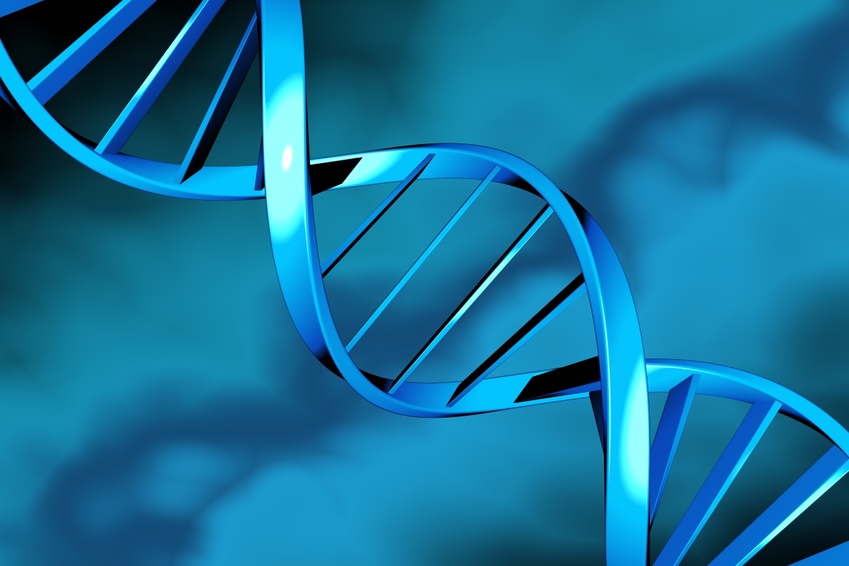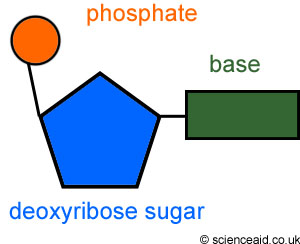60th Anniversary of the discovery of DNA double helix!
60 years ago today on the 28th February in 1953, James Watson and Francis Crick made the discovery of DNA’s double helix structure at Cambridge University.

DNA has become something of a talking point ever since the great horse-meat scandal earlier on this year but the importance of DNA has always existed and to mark its 60th Anniversary we will go in-depth as to what DNA is, what it is used for and why we need it.
DNA is short for Deoxyribonucleic acid. ‘Deoxyribo’ is for the deoxyribose sugar that is attached to the DNA’s monomer called a Nucleotide. The ‘nucleic acid’ part is because that’s what DNA is, a nucleic acid. DNA’s structure simply is made up of a Pentose (5-carbons) sugar attached to a Phosphate group or “head” and a base. The bases are usually known as A, T, G and C with their full names being Adenine, Thymine, Guanine and Cytosine.

DNA itself is a piece of genetic material which codes every characteristic we own. DNA codes our hair colour, eye colour, height, genetic health issues and it basically makes us who we are.
The anniversary, however, is not about DNA being discovered, its about the discovery of its structure existing as a double helix. Now to all you scientists out there you know exactly what this means, but for those of you who aren’t scientists let me help you out. By double helix it basically means 2 DNA strands called a Sugar-Phosphate backbone (because of the sugar attached to phosphate in a line) coil together because the bases attached to each DNA bond together via hydrogen bonding. With Cytosine ALWAYS bonding to Guanine and Adenine ALWAYS bonding to Thymine, this creates our genetic code.

An example of a genetic code could be AGTCCTGA, the complimentary code would be whatever base bonds with it. So as T bond to A all the time, the first one of the complimentary code would be T, the complimentary code in this case is TCAGGACT.
DNA is also very practical, and is used in many things. Here are some examples of common uses of DNA:
- Forensic Science
- Paternity Tests
- Tracing Genetic Ancestors
- Traces in food (like horse meat).
DNA is everywhere. I mean everywhere. We as humans are made of it, what we eat is made of it and everything around us. It is true that ALL food that has been grown has DNA in it, you can actually extract DNA from food such as strawberries quite easily if you wanted to. So one last question, why do people have a problem with Genetically Modified (GM) food because they think they are eating genes, when you are eating genes in regular food anyways…
